Review of Butch Cassidy And The Sundance Kid (reissue)
Introduction
Butch Cassidy And The Sundance Kid was the highest profile entry in a movement of the mid-to-late 1960s aimed at revitalising what had become a tired genre - The Western.
Once a staple of the silver screen and still beloved by generations of wannabe gunslingers and cowpokes (oo-er), Westerns had fallen into a Monument Valley deep and dusty rut of cowboy and indian potboilers only occasionally producing genuine cinematic classics.
Then during the sixties, the genre started to split into two distinct paths. One was the even grittier, frequently brutal and often socially-aware style of Western - Little Big Man, Soldier Blue, and the latter Clint Eastwood movies. The other path was the postmodern Western. Some were spoofs, some were straight Westerns but with a tongue placed firmly in the cheek. James Garner`s Support Your... movies, Blazing Saddles, and of course Butch Cassidy And The Sundance Kid.
The movie was also one of the first "Buddy pictures", with top box-office heartthrobs Paul Newman and Robert Redford as Cassidy and Sundance respectively. It was based loosely on the real life adventures of Robert LeRoy Parker and Harry Longbaugh in the West of the late 1890s. Like many outlaws of the West, they acquired the status of folk heroes through the reporting of their exploits. William Goldman wrote the script, combining traditional Western thrills and spills with modern humour. George Roy Hill, by no means a Western director, brought the movie to the screen with a style unique to screen Westerns - the 1969 equivalent of what Johnny Depp did with Pirate movies in 2003.
Consider this. Steve McQueen and Jack Lemmon were both offered the role of the Sundance Kid. McQueen`s sticking point (as with Towering Inferno, also opposite Newman) was billing and when that couldn`t be resolved he dropped out to be replaced by Redford. Lemmon was writer Goldman`s first choice to play Cassidy with Newman (always in the frame) playing Sundance. By the time the movie reached the shooting stage, Newman was Cassidy and Robert Redford, fresh from the romantic comedy Barefoot In The Park, was Sundance.
The movie is a rollicking adventure from sepia start to question-mark ending. The quirky showstopper of the picture is the romantic interlude bike-ride taken by Paul Newman and Katharine Ross to the strains of Bacharach and David`s "Raindrops Keep Fallin` On My Head." The music is a complete and total anachronism, but comes as a refreshing and charming interlude in the movie.
Newman and Redford created a legend of their own with the movie, both stars careers taking off like rockets in the wake of the picture. It is a movie which can appeal to everybody, and can really only offend the hypersensitive.
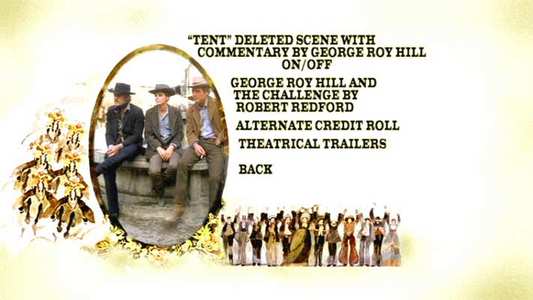
Video
A spanking transfer from top-notch elements. The movie is presented in its original 2.35:1 theatrical aspect ratio as anamorphic widescreen.
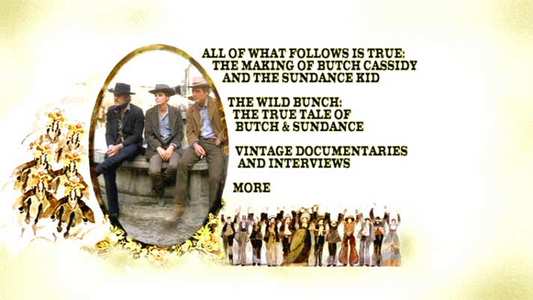
Audio
Surprisingly, Fox has elected not to tart around with the sound, and the movie comes with a DD2.0 Mono and DD2.0 Stereo soundtrack. This is doubtless a disappointment to anybody hoping to engage their subwoofer when the train gets blown up, but does mean you`re hearing the original sound mix as it was heard in the theatre, not some sound engineer`s reconstruction of the mix.
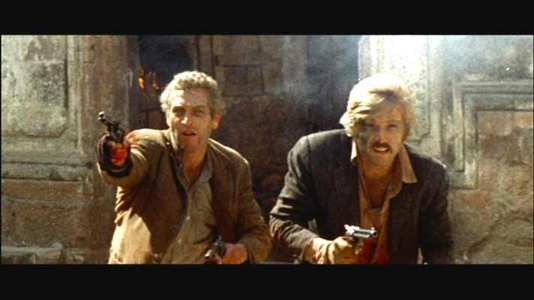
Features
The big extra on the set is "All Of What Follows Is True: The Making Of Butch Cassidy And The Sundance Kid". Featuring contributions from all the surviving cast and crew members including Newman and Redford, this is something special.
The Wild Bunch: The True Tale Of Butch And Sundance tells how much of the story is fact and how much is pure fiction in a continuation of the main documentary.
There are also Vintage Documentaries and Interviews - History Through The Lens, a glorious 90 minute tv special (4:3) which covers the making-of and the history-behind, made in 2000. There is a 1984 Documentary (4:3) The Making Of Butch Cassidy And The Sundance Kid, and 1984 interviews with Newman, Redford, Katharine Ross, William Goldman and Burt Bacharach. There is a deleted scene "Tent" which can be viewed with an audio commentary by George Roy Hill. There is a four minute interview with Redford about working with George Roy Hill, an alternate end credit roll (2 minutes) and three theatrical trailers.
The movie disc itself also has a commentary track by George Roy Hill, with Hal David, Robert Crawford Jr and Cinematographer Conrad Hall. There is a second commentary track by writer William Goldman. Both commentaries can be run as subtitles as well.
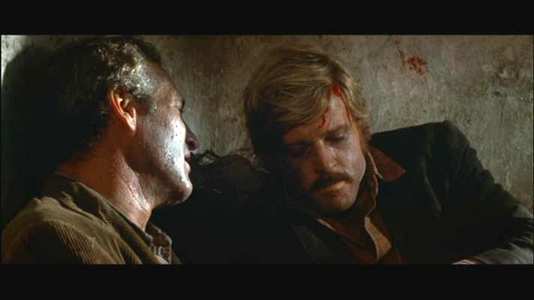
Conclusion
A fantastic release of a fantastic film. Spawning the whole "buddy movie" genre, Butch Cassidy and the Sundance Kid shook up a genre that had gone completely stale in the 1950s.
Watch out at the start of the movie for the bit where Newman beats the crap out of Ted Cassidy (Lurch from "The Addams Family"). Given the size of Ted and the Bowie knife he`s wielding, I reckon the Marquess of Queensberry would have kicked him in the nuts as well.
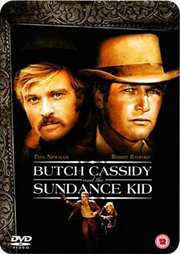




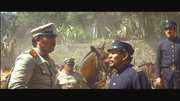

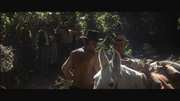
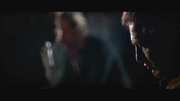
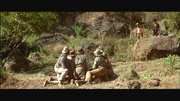
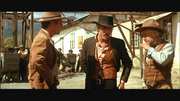

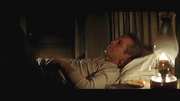
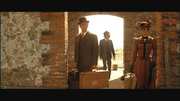
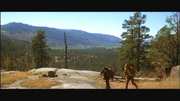
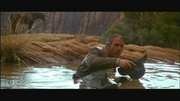
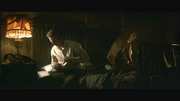

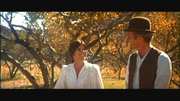
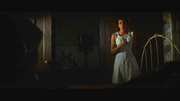
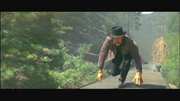
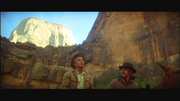
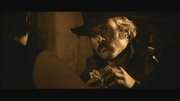
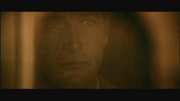
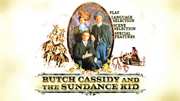
































Your Opinions and Comments
Be the first to post a comment!